 Reconstruction of climate events long before the Ice Ages shows that failure to reduce greenhouse gas emissions could eventually lead to temperatures rising by up to 10 degrees.
Reconstruction of climate events long before the Ice Ages shows that failure to reduce greenhouse gas emissions could eventually lead to temperatures rising by up to 10 degrees.
 The fossil fuel industry has spent many millions of dollars on confusing the public about climate change. But the role of vested interests in climate science denial is only half the picture.
The fossil fuel industry has spent many millions of dollars on confusing the public about climate change. But the role of vested interests in climate science denial is only half the picture.
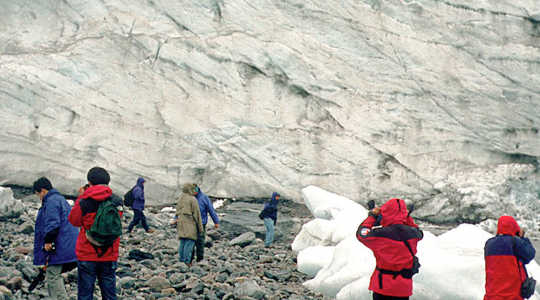 Following record-high temperatures and melting records that affected northwest Greenland in summer 2015, a new study offers the first evidence linking melting in Greenland to the anticipated effects of a phenomenon known as Arctic amplification.
Following record-high temperatures and melting records that affected northwest Greenland in summer 2015, a new study offers the first evidence linking melting in Greenland to the anticipated effects of a phenomenon known as Arctic amplification.
 We’re not even halfway through the year but already you may have heard talk of 2016 being the hottest on record. But how can scientists be so sure we’re going to beat the previous record, set just last year?
We’re not even halfway through the year but already you may have heard talk of 2016 being the hottest on record. But how can scientists be so sure we’re going to beat the previous record, set just last year?

New research illustrates that reactions of people, plants and animals to the changing climate are a key factor in unravelling the complexities of global warming.
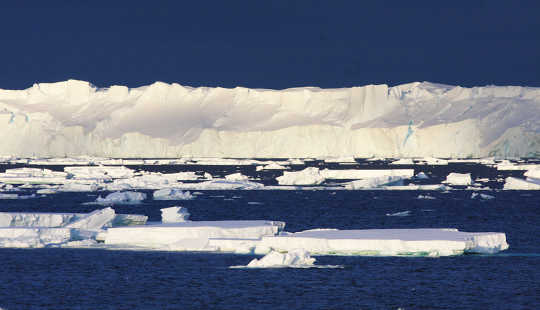 Antarctica is already feeling the heat of climate change, with rapid melting and retreat of glaciers over recent decades. Ice mass loss from Antarctica and Greenland contributes about 20% to the current rate of global sea level rise.
Antarctica is already feeling the heat of climate change, with rapid melting and retreat of glaciers over recent decades. Ice mass loss from Antarctica and Greenland contributes about 20% to the current rate of global sea level rise.
 Global temperatures for February showed a disturbing and unprecedented upward spike. It was 1.35? warmer than the average February during the usual baseline period of 1951-1980, according to NASA data.
Global temperatures for February showed a disturbing and unprecedented upward spike. It was 1.35? warmer than the average February during the usual baseline period of 1951-1980, according to NASA data.
 Much has been written about the challenge of achieving the targets set out in the Paris climate agreement, which calls for global warming to be held well below 2? and ideally within 1.5? of pre-industrial temperatures.
Much has been written about the challenge of achieving the targets set out in the Paris climate agreement, which calls for global warming to be held well below 2? and ideally within 1.5? of pre-industrial temperatures.
 Global sea level rose faster in the 20th century than in any of the 27 previous centuries, a new analysis shows.
Global sea level rose faster in the 20th century than in any of the 27 previous centuries, a new analysis shows.
 Antarctica and Greenland may be two of the most remote places on Earth but what happens in both these vast landscapes can significantly impact on human activity further afield.
Antarctica and Greenland may be two of the most remote places on Earth but what happens in both these vast landscapes can significantly impact on human activity further afield.
 It’s official: 2015 was the warmest year on record. But those global temperature records only date back to 1850 and become increasingly uncertain the further back you go
It’s official: 2015 was the warmest year on record. But those global temperature records only date back to 1850 and become increasingly uncertain the further back you go
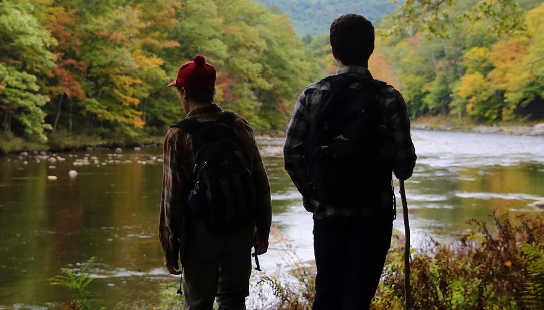 As recently as 6,000 years ago the Sahara was green and fertile. We’ve found evidence of large rivers crossing the region, lined by flourishing settlements. Then suddenly things changed. Trees died and the land dried up. Soil blew away or turned into sand and those rivers were no more. In just a few centuries, the Sahara was transformed from a region similar to modern South Africa into the desert we know today.
As recently as 6,000 years ago the Sahara was green and fertile. We’ve found evidence of large rivers crossing the region, lined by flourishing settlements. Then suddenly things changed. Trees died and the land dried up. Soil blew away or turned into sand and those rivers were no more. In just a few centuries, the Sahara was transformed from a region similar to modern South Africa into the desert we know today.
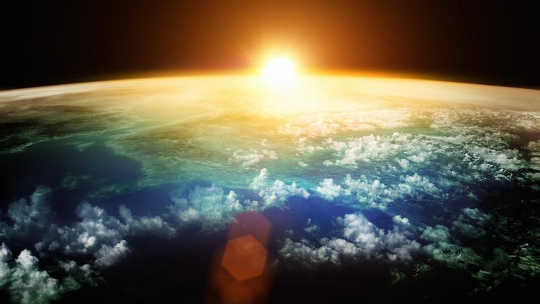 The Paris climate conference will set nations against each other, and kick off huge arguments over economic policies, green regulations and even personal lifestyle choices. But one thing isn’t up for debate: the evidence for climate change is unequivocal.
The Paris climate conference will set nations against each other, and kick off huge arguments over economic policies, green regulations and even personal lifestyle choices. But one thing isn’t up for debate: the evidence for climate change is unequivocal.
 “Climate science isn’t settled” is a particular favourite, still repeated by various Republican presidential candidates as an excuse for inaction on global warming.
“Climate science isn’t settled” is a particular favourite, still repeated by various Republican presidential candidates as an excuse for inaction on global warming.
 The idea that global warming has “stopped” is a contrarian talking point that dates back to at least 2006. This framing was first created on blogs, then picked up by segments of the media – and it ultimately found entry into the scientific literature itself.
The idea that global warming has “stopped” is a contrarian talking point that dates back to at least 2006. This framing was first created on blogs, then picked up by segments of the media – and it ultimately found entry into the scientific literature itself.
 There are many ongoing signs that the planet is heating up, even “on fire.” In the western region of North America, the prolonged drought has led to high temperatures and many wildfires, from Canada and the Northwest earlier this summer to California more recently.
There are many ongoing signs that the planet is heating up, even “on fire.” In the western region of North America, the prolonged drought has led to high temperatures and many wildfires, from Canada and the Northwest earlier this summer to California more recently.
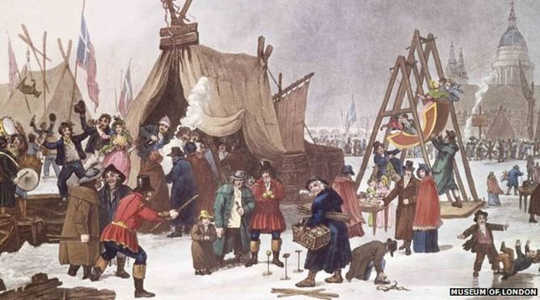 Wouldn’t it be great if scientists could make their minds up? One minute they’re telling us our planet is warming up due to human activity and we run the risk of potentially devastating environmental change.
Wouldn’t it be great if scientists could make their minds up? One minute they’re telling us our planet is warming up due to human activity and we run the risk of potentially devastating environmental change.
 National and international studies have shown that the Earth is warming, and with this warming, other changes are occurring, such as an increasing incidence of heat waves, heavy downpours and rising sea levels.
National and international studies have shown that the Earth is warming, and with this warming, other changes are occurring, such as an increasing incidence of heat waves, heavy downpours and rising sea levels.
 What will the weather be like next week, next season, or by the end of the century? In the absence of a second Earth to use in an experiment, global weather and climate model simulations are the only tools we have to answer these questions.
What will the weather be like next week, next season, or by the end of the century? In the absence of a second Earth to use in an experiment, global weather and climate model simulations are the only tools we have to answer these questions.
 Antarctica’s glaciers have been making headlines during the past year, and not in a good way. Whether it’s a massive ice shelf facing imminent risk of collapse, glaciers in the West Antarctic past the point of no return, or new threats to East Antarctic ice, it’s all been rather gloomy.
Antarctica’s glaciers have been making headlines during the past year, and not in a good way. Whether it’s a massive ice shelf facing imminent risk of collapse, glaciers in the West Antarctic past the point of no return, or new threats to East Antarctic ice, it’s all been rather gloomy.
 People living across the US have lived through some odd weather in the past year. It’s been unusually warm and dry in the western US, while the East had a very cold and snowy winter. Meanwhile, scientists have been seeing Pacific marine species in places they’re not normally found and a huge spike in hungry, stranded sea lion pups on California shores.
People living across the US have lived through some odd weather in the past year. It’s been unusually warm and dry in the western US, while the East had a very cold and snowy winter. Meanwhile, scientists have been seeing Pacific marine species in places they’re not normally found and a huge spike in hungry, stranded sea lion pups on California shores.
 The biggest extinction ever known on Earth resulted from oceans turned acid by CO2, the main gas driving human-caused climate change today.
The biggest extinction ever known on Earth resulted from oceans turned acid by CO2, the main gas driving human-caused climate change today.
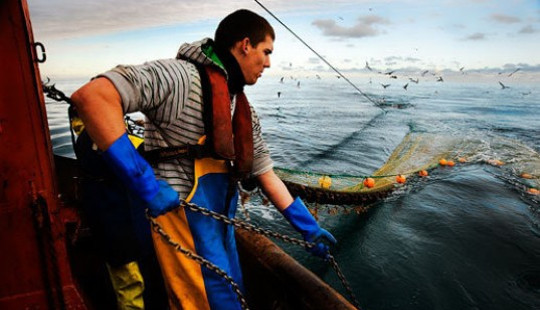 Fish accustomed to shallow northern waters will search in vain for cooler depths as climate change warms the seas where they thrive.
Fish accustomed to shallow northern waters will search in vain for cooler depths as climate change warms the seas where they thrive.
















